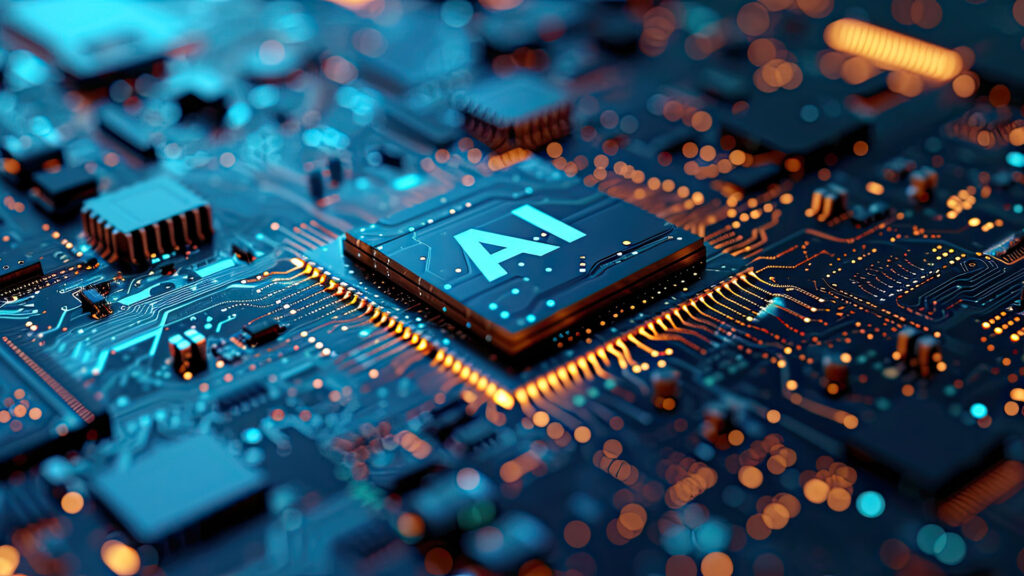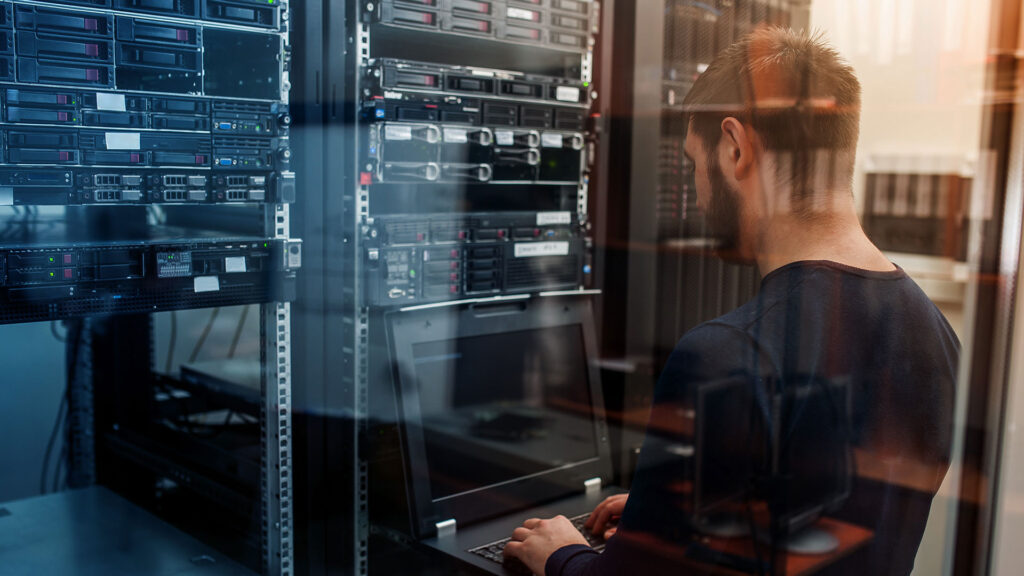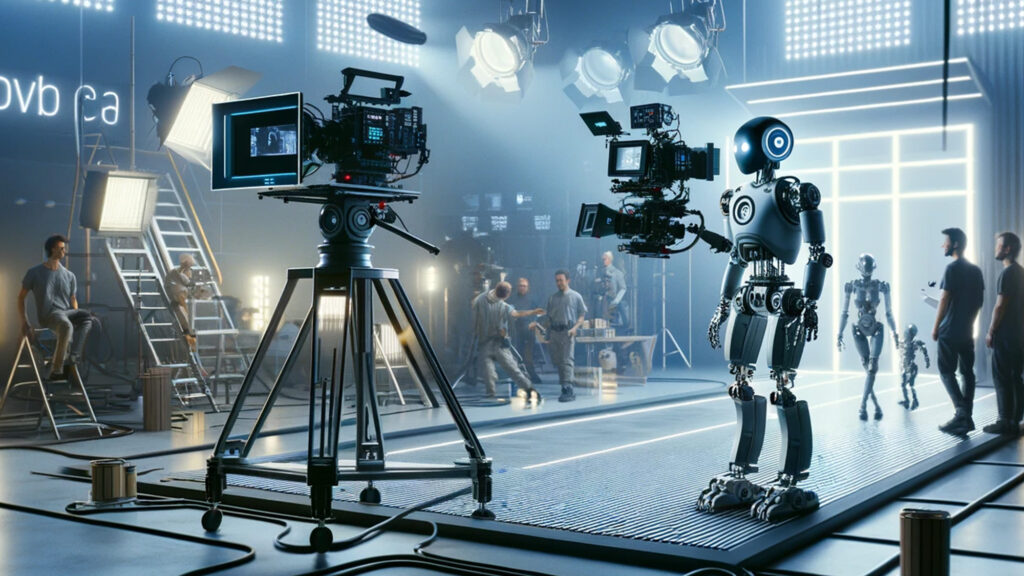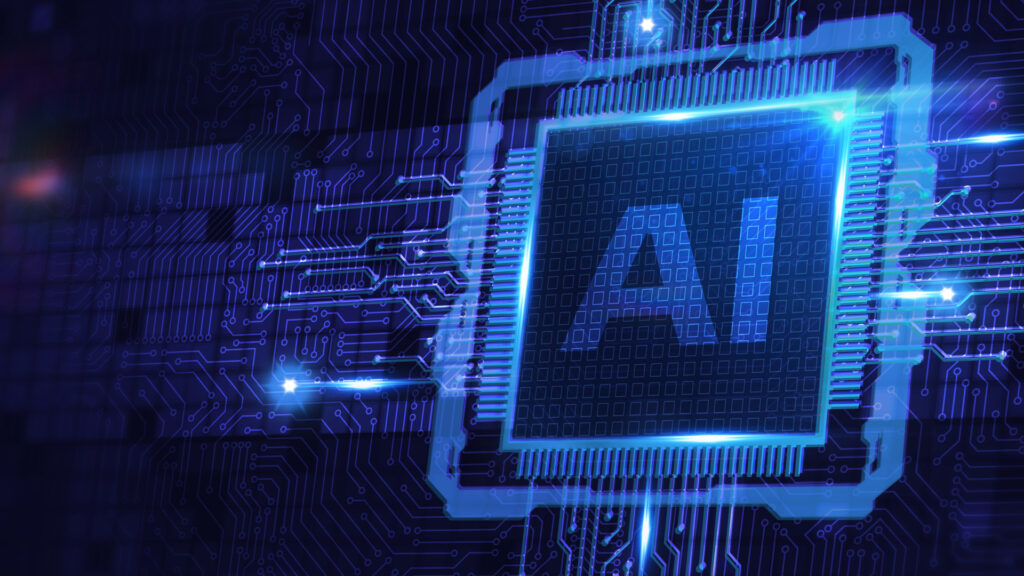Blog
Smart Offices of Tomorrow: The Workplace Revolution
Learn how Cisco MTR (Microsoft Teams Rooms) and technologies such as AI, IoT, and automation will continue to transform work environments.

Smart Offices are not just a trend; they’re a revolution changing how we work. By using advanced technologies, these offices boost productivity and focus on employee well-being. While we know some tech already, there’s more to come. Let’s explore the future and find out what’s next for tomorrow’s workplace.
What makes an office “smart”?
A Smart Office is more than just a workplace with the latest technical gadgets. It involves thoughtful integration of technologies such as the Internet of Things (IoT), artificial intelligence (AI), and automated systems to optimize workflows and create a more pleasant working environment.
What are the core benefits of Smart Offices?
Flexibility and adaptability: Smart Offices can swiftly adjust to evolving work conditions and employee needs.
Increased productivity: Automation relieves employees of routine tasks, freeing them to tackle more challenging projects.
Enhanced collaboration: Modern communication tools facilitate collaboration across different locations.
Improved well-being: Intelligent systems for lighting, climate control, and space design foster a comfortable and health-promoting work environment.
Energy efficiency and sustainability: Smart Offices utilize resources efficiently, reducing costs and promoting environmental friendliness.
Technologies driving Smart Offices
In the Smart Offices of the future, collaboration tools are essential as they greatly facilitate communication and teamwork between teams, regardless of their location. Tools like Cisco MTR (Microsoft Teams Rooms) provide a platform for video conferencing, collaborative document management, and project management, making collaboration across different locations more efficient and seamless.

Additionally, technologies like the Internet of Things (IoT) and sensors play a vital role by automating control of devices like lighting, heating, and air conditioning in the office. This automation streamlines office operations, fosters a comfortable work environment, and enhances energy efficiency.
This is complemented by AI-based solutions that help optimize space utilization and increase efficiency. They analyze work patterns and help to use office spaces more effectively. Further, advanced security solutions, including biometric access controls and network security, protect physical and digital assets.
The future of Smart Offices
In the future of Smart Offices, advanced technologies such as AI, IoT, and automation will continue to transform work environments. We are entering an era where workplaces will be even more personalized. Employees may be able to customize their individual workspaces through automated settings for lighting, temperature, and more, so the workplace automatically adjusts to their preferences upon arrival.
The boundaries between digital and physical work environments will increasingly blur. Technologies like Virtual and Augmented Reality (VR/AR) could be introduced to enable lifelike, interactive meetings where participants from around the world feel as if they are in the same room.
Furthermore, advanced data analytics will play a central role in the Smart Offices of the future. By collecting and analyzing data on space utilization and work patterns, workspaces can be designed more efficiently, and productivity can be increased. For example, algorithms could optimize the use of meeting rooms by predicting which rooms are needed at which times.
Related











